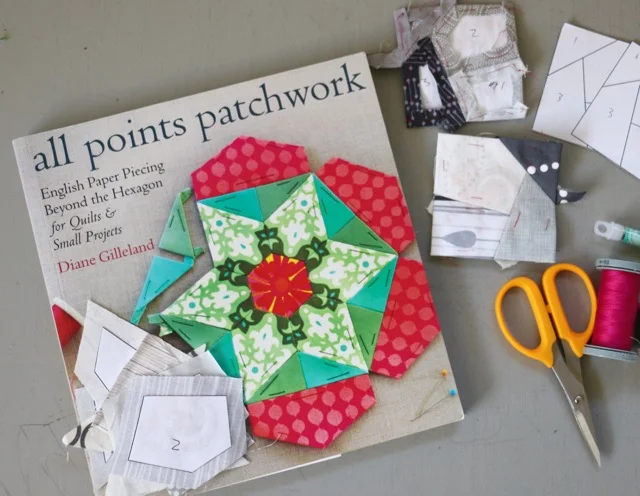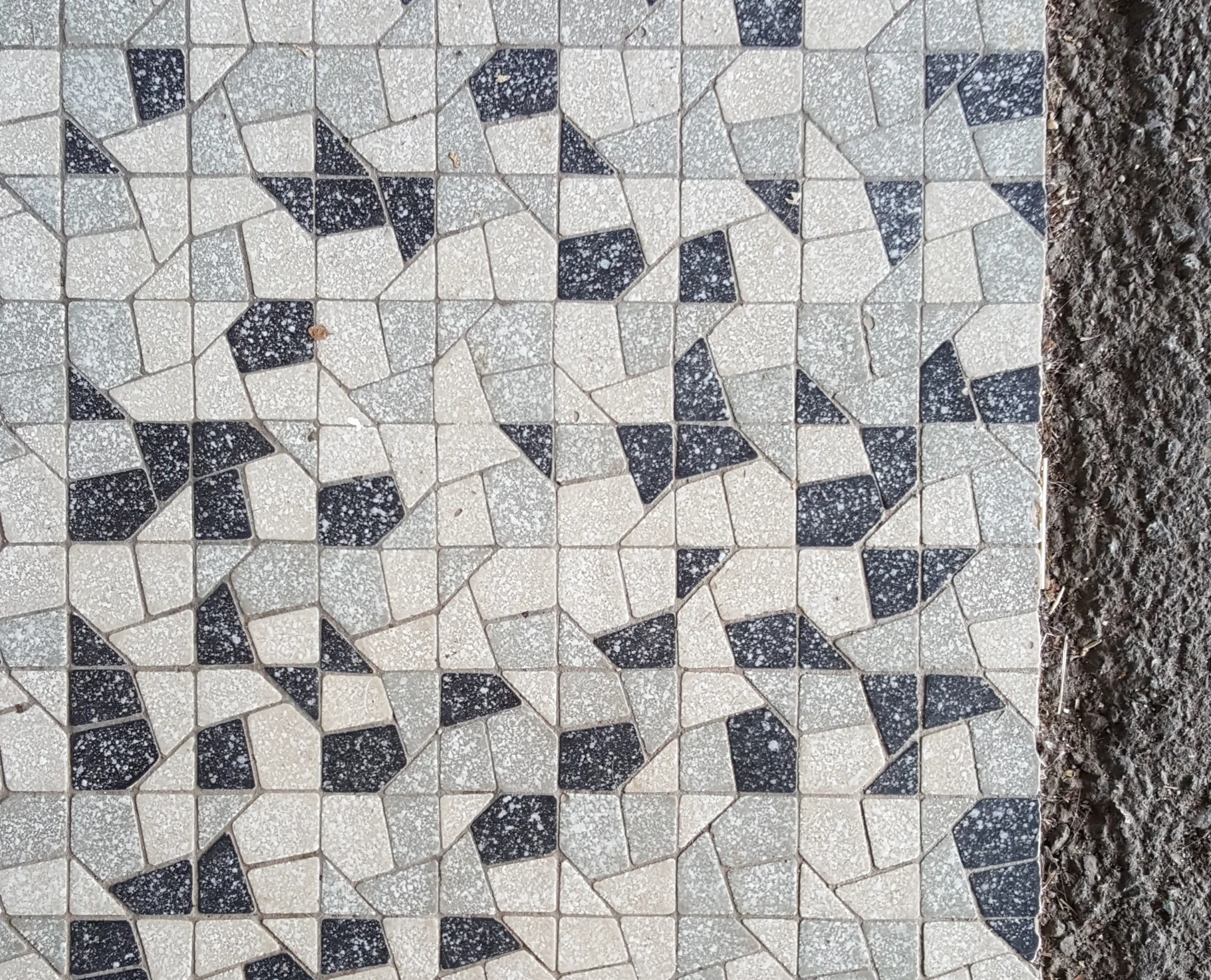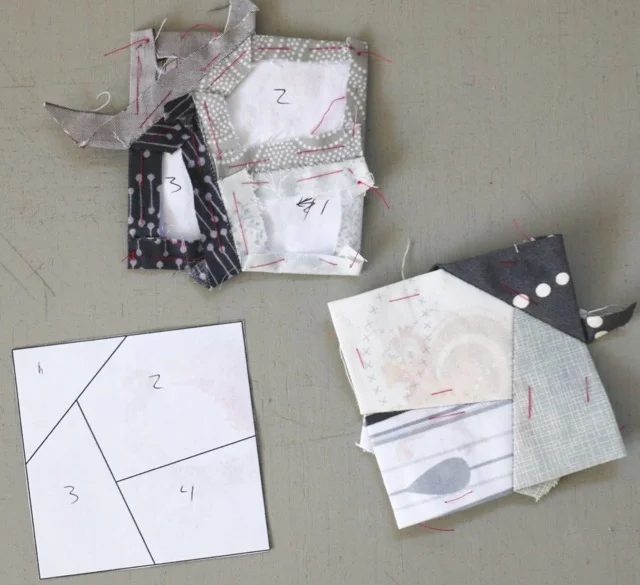Tis the season! I've put together a list of some of my favourite small quilting items. Print off the list for the other shoppers in your family or for yourself. Whether you celebrate Christmas or not these are great, inexpensive treats for making quilting better, more fun, and easier.
- Kwik Klip - A very handy tool when pin basting quilts. Yes, you could use an old teaspoon, but this is easier.
- Sewing Machine Oil - It isn't something we often buy for ourselves but it is an integral part of machine maintenance. Make sure to buy the right one for your machine.
- Seam roller - Instead of finger pressing or getting up that much more, buy a seam roller. Violet Craft is now selling them (a branded version of the one I've always used.) Perfect for improv piecing as well as both paper piecing (foundation and English). I couldn't sew without mine.
- Hera marker - Personally, I am not a fan of most marking pencils when quilting. A Hera Marker leaves a crease rather than a mark. With good lighting it is easy to follow.
- Chalk Pencil - All that being said about marking, this recent discovery made me very happy. I've used chalk to mark before but I really like this handy Bohin chalk pencil. A fine line. Downside, doesn't work on white.
- Fabric Glue - Good old Elmer's Glue works great for glue basting and more, but there are good fabric glues out there that are even better. I like Liquid Stitch and Unique Stitch. While you are at it, pick up some of these glue tips. They are perfect!
- Rotary Cutter Blades - A quilter can never have too many! Even though we all wait too long to change the blade. Make sure to pick up the right size and brand for the rotary cutter in the sewing room.
- Small Olfa Scissors - While you can often get pretty little scissors at the check out counter in nearly any sewing store, spend a few more bucks to get these Olfa Precision Scissors. They cut fabric well but also work as snips. Perfect for handwork. And bonus, they seem to pass through TSA screening without any problem because the blade is less than 3'' (but not in Australia, ask me how I know).
- Needle Threader - Anyone who does handwork knows what a pain it can be to thread and keep needles threading. They also know how quickly we go through needle threaders because the main mechanism is thing wire. You can never have too many around. This Clover one is my favourite.
- Thread Conditioner - I am a recent convert to this, after finishing two major handwork projects. Boy or boy, does it make life easier! Thread Heaven is the one I am using currently.
- Enamel Pins - The pins are all the rage now, no matter the hobby or inclination. Check out the Sewist (Abby Glassenberg), No Regrets (Colette Patterns) and this Sewing Machine (City of Industry.
- Gift certificate to an online class - this really takes up no room in the stocking! You can gift classes on Craftsy and buy them Creative Live. Until the 16th classes on Creative Live are 50% off. Then 40% until the 19th, and so on until Christmas.
Shockingly, fabric isn't on this list. I know! But unless you know the recipient's preferences well it is best to skip buying them fabric. They may not like charm packs or that particular fabric designer. When in doubt, pick a gift certificate to their favourite local shop. In fact, try to pick up as much as possible in your local quilt shop so they can have a merry holiday season too.
Please note that I am not affiliated with any of the brands or products listed above, with the exception of the Crafty and Creative Live classes. Those are affiliate links.





